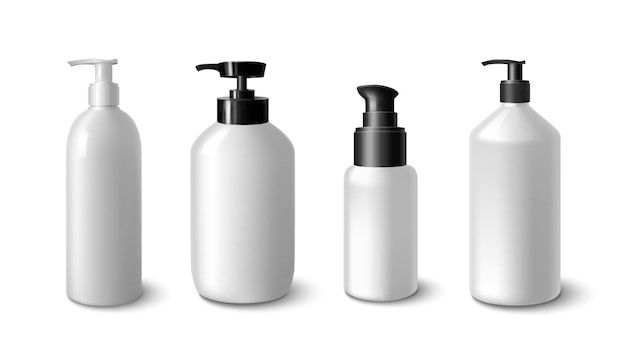valentine&rsquos day saw business in spalding dispatch 17,000 individual bouquets of dozen red roses in map to m&s customers throughout the uk. this was the first of its kind, not only for finlays horticulture and m&s, but for the industry, as well. map has been used in different guises for fruit, meat and other produce since many years, although until lately the applications for cut flowers have been minimal. in the instance of cut flowers, the blooms are sealed neatly in a map bag. after sealing the bag, levels of oxygen in the bag decrease as well as carbon dioxide levels increase naturally. this change in environment lessens the respiration rate of the flowers, resulting in prolonging the storage period and reducing water requirement. transporting homedelivery flowers in map reduces packaging, saves water, and maintains flower quality for longer span of time. this also and improves logistics, both in terms of improved pallet fills and weight reduction. in earlier years, m&s valentine&rsquos dozen red roses were provided in the common waterpacked format, each bouquet held in a cello wrap holding 700 ml of water. the waterrich roses had to be stored upright throughout the entire chain to avert the water from leaking and then weakening the box or damaging the flowers. as the box required being rectangular shape because of size constraints, this was hard to ensure once it left finlays horticulture. in the map format, no water is required. so, along with eliminating water damage, 11,900 litres of water were saved to put it in simple terms, like 47,600 cups of tea &ndash which is 5 cups a day for 26 years. along with this, elimination of this water from the delivery chain lessened overall transport load by 11.9 tonnes. the flat presentation offered an increase in palletfill directly from 90 boxes for traditional waterpacks to 120 boxes, which resulted in a 25 spacesaving, reducing lorry journeys. best of all though their customers enjoyed roses that lasted longer and looked well, less than 40 people were dissatisfied with the roses they received this valentine&rsquos day. finlays horticulture is now looking at escalating the range of flowers that can successfully use map. map offers apparent benefits to logistics, product quality and to the environment in comparison with conventional waterpacks. right now, it would look as if that the future is map&rsquod out quite nicely. source of information httpwww.finlays.netflowersthefuturemapdout






